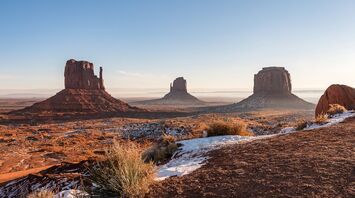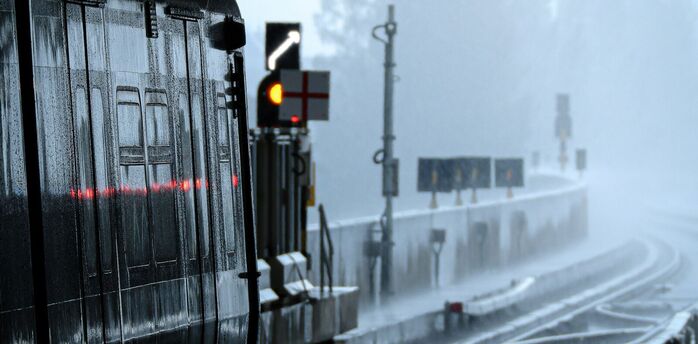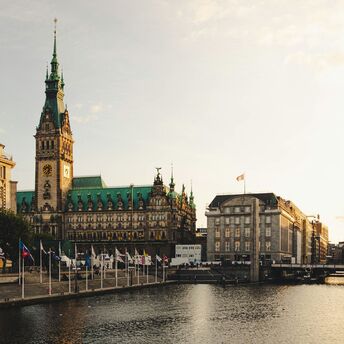5 Lesser-Known National Parks to Add to Your Bucket List

The national parks in the United States are chosen for their natural, historic, and cultural values, designated by an act of Congress or executive order. While some parks are famous and frequently visited, others remain hidden gems. Here are five lesser-known national parks that deserve a spot on your travel bucket list.
Hot Springs National Park
Nestled in the Ouachita Mountains of Arkansas, Hot Springs National Park is centered around 43 thermal springs and features 26 miles of hiking trails. Established as Hot Springs Reservation in 1832 and later designated a national park in 1921, it has long been a destination for those seeking the healing properties of its thermal waters. Visitors can explore eight ornate, late Victorian-era bathhouses along Bathhouse Row and enjoy the soothing 143°F waters.
Indiana Dunes National Park
Indiana's only national park, Indiana Dunes National Park, stretches along 15 miles of Lake Michigan's shore. Known for its high sand dunes, it offers stunning views of the Chicago skyline. The park's unique "singing sands" phenomenon, caused by the interaction of quartz crystals, moisture, and friction, creates a clear, ringing sound under optimal conditions. With trails leading through dunes, wetlands, prairies, and forests, it is home to over 1,100 species of plants and numerous historic structures.
Theodore Roosevelt National Park
Located in southwestern North Dakota, Theodore Roosevelt National Park is divided into three units: South, North, and Elkhorn Ranch. The park features wind-swept badlands, wildflowers, and a surprising variety of wildlife, including wild horses, elk, and bison. Named after the conservationist president who once owned a ranch here, the park reflects Roosevelt's legacy of protecting public lands while acknowledging the impact of his policies on Native American tribes.
Gates of the Arctic National Park and Preserve
Gates of the Arctic National Park, entirely above the Arctic Circle, offers a unique and remote wilderness experience. In winter, the sun doesn't rise for nearly a month, while in summer, it doesn't set for almost two months. The park's vast tundra is home to migrating caribou, wolves, moose, and grizzlies. The landscape transforms with the seasons, offering stunning autumn colors and a sense of the Great Plains before settlement.
National Park of American Samoa
The National Park of American Samoa, the most remote park in the National Park System, is located on the islands of Tutuila, Ta’ū, and Ofu in the South Pacific. This park protects a paleotropical rainforest, home to over 350 bird species and native bats. A third of the park is marine, featuring 250 coral species and 950 species of fish, making it a paradise for snorkeling and diving. With its warm, humid climate and wet season from November to April, it offers a unique tropical experience.



















